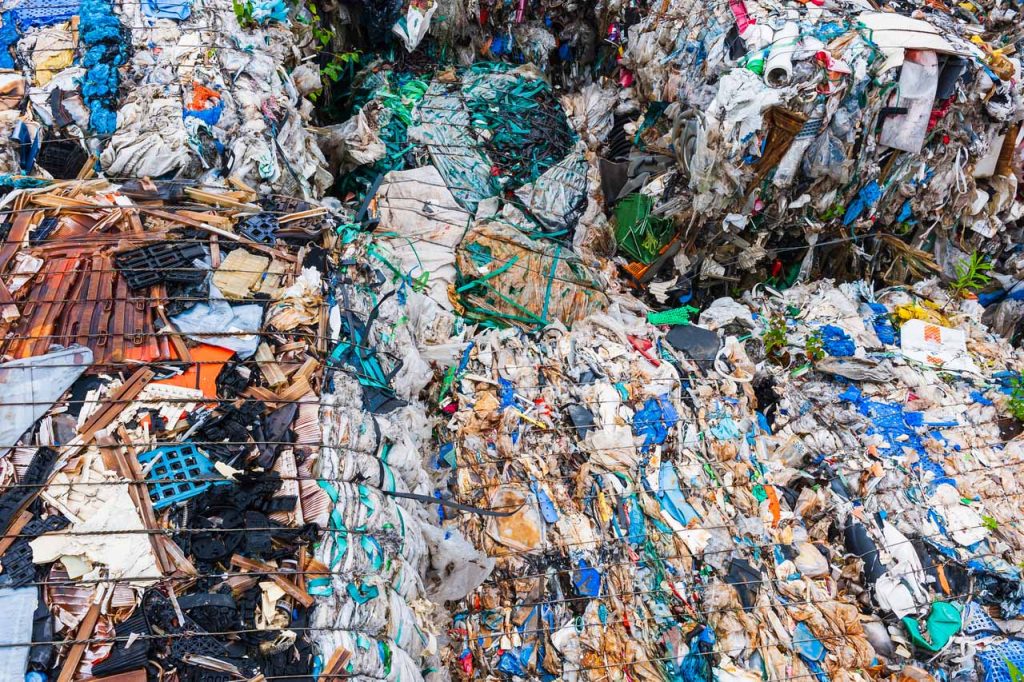
The government is looking to support liquefaction technologies to convert plastics Nos. 1-7 and other materials into high-energy-content liquid products. | Kedardome/Shutterstock
The U.S. government is looking to provide up to $4 million to advance development of technologies to convert recovered plastics into feedstock for fuels.
The Department of Energy’s Advanced Research Projects Agency-Energy (ARPA-E) recently announced it will provide funding through its new exploratory research program called “Recycle Underutilized Solids to Energy” (REUSE). With a pot of about $4 million available, ARPA-E expects to award four to eight grants to fund development of the technologies.
In an interview posted online, Jack Lewnard, program director for the ARPA‑E REUSE program, explained the government is looking to support liquefaction technologies to convert plastics Nos. 1-7, rubber and composites, as well as paper, into high-energy-content liquid products. Those products could be used as fuel blend stocks or as intermediates for further processing into fuels or chemicals.
A major goal is to prevent the loss of the embedded energy when materials recovery facilities (MRF), plastics reclaimers or other facilities send those low-value materials to landfills.
According to the funding opportunity announcement, the APRA-E REUSE program seeks to support the deployment of multiple modular, low-cost regional facilities, each with a capacity of 100 to 500 tons per day. They must use a liquefaction chemistry process, which involves cracking carbon-carbon bonds with some combination of heat, chemical reactants and/or catalysts.
The deadline to apply is 9:30 a.m. Eastern time on June 1, 2020. Grants are expected to be announced in August.
What DOE doesn’t want to fund
In the interview, Lewnard emphasized the goal isn’t to compete with existing recycling markets for PET and HDPE. It wants to address the low-, no- or negative-value mixed-plastic and mixed-paper bales.
The program is also not expecting technologies to convert scrap materials into highly refined gasoline or diesel fuels. That’s because the capital and operating costs to convert heterogeneous mixed-scrap feedstock into fuels meeting tight specifications is too high, Lewnard said.
“It’s more economical to produce intermediates, and ship these to large downstream facilities that already have the necessary separation and upgrading equipment,” he said.
Additionally, the REUSE project isn’t recommending applications be submitted for pyrolysis, solvolysis, and hydrothermal liquefaction technologies. That’s because extensive research and Department of Energy resources have already been devoted in those areas.
“As a result, ARPA-E is not encouraging submissions for these processes, unless applicants can demonstrate a disruptive aspect of their technology, and/or a significant techno-economic breakthrough compared with the current state of the art,” Lewnard said.
To receive the latest news and analysis about plastics recycling technologies, sign up now for our free monthly Plastics Recycling Update: Technology Edition e-newsletter.
More stories about technology
- Glacier AI at Penn Waste aims to improve PET, fiber output
- APR launches recyclability assessment platform
- Closed Loop invests $10M in recycler GreenMantra